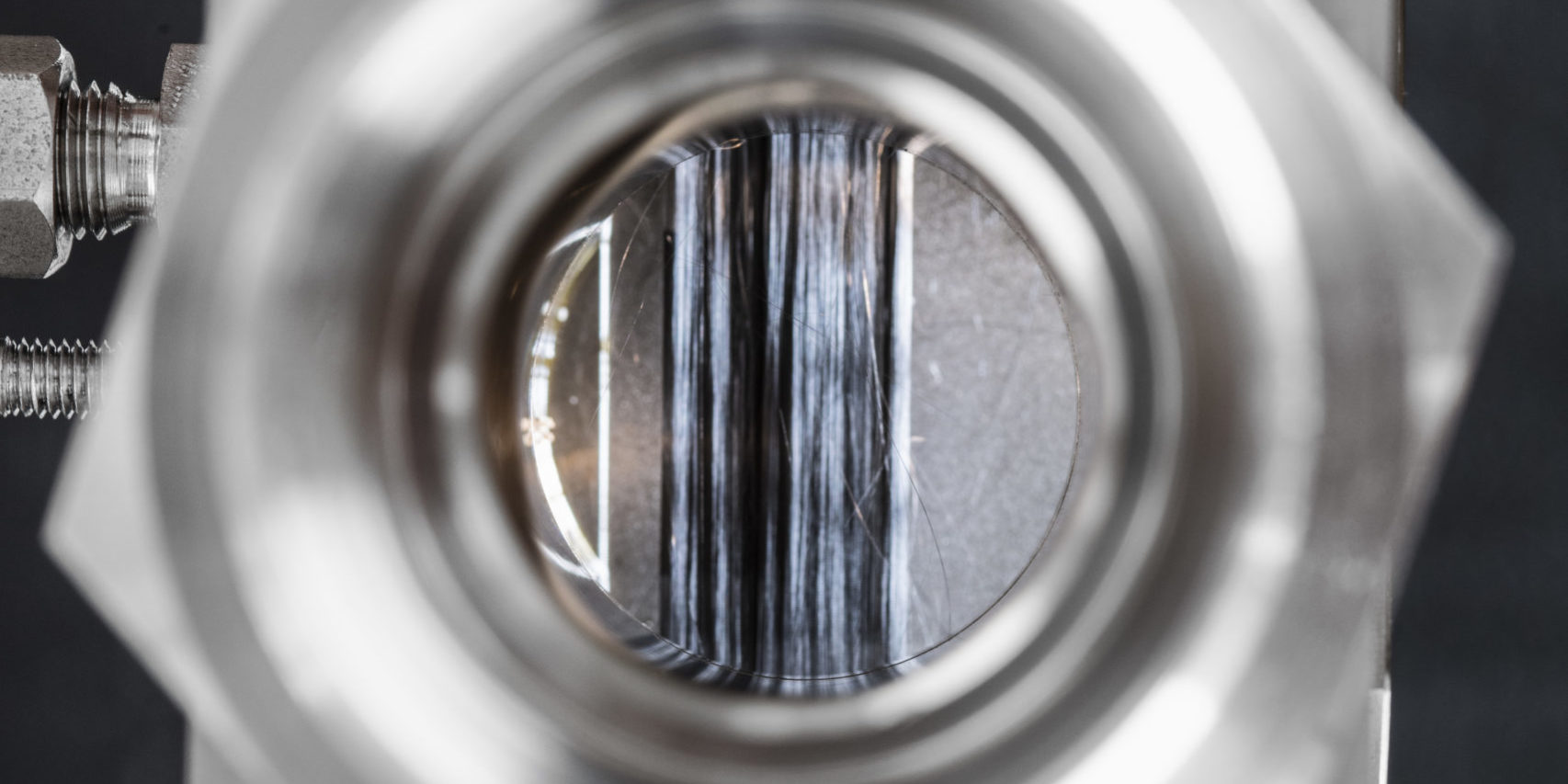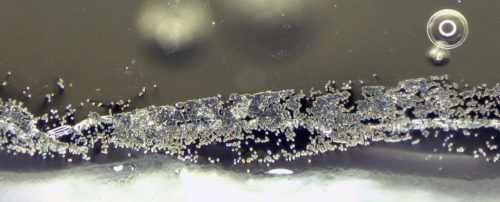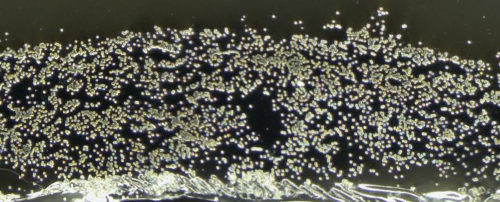A newly developed impregnation technology is set to reduce manufacturing costs for continuous fibre-reinforced thermoplastic 3D printing filaments by up to 80 percent. Impregnation capabilities integrated into the extruder nozzle open up cost-effective economic application options for industry, especially in connection with additive manufacturing processes.
A new impregnation technology
The impregnation technology is based on the application of ultrasound into a thermoplastic melt surrounding a fibre roving (a fibre bundle of multiple individual filaments). This can achieve high-quality impregnation with short process times. One particular advantage of this is that it allows unlimited processability of commercially available fibres and thermoplastics. Due to its small space requirements, the ultrasonic impregnation technology can be easily integrated into melt processing operations. Possible applications range from miniaturised integration into 3D print heads to incorporation into wrapping processes and the manufacture of semi-finished products. Micrographs reveal excellent fibre distribution and penetration with thermoplastic from a 24K spread roving (with 24,000 individual filaments) by introducing ultrasound into the melt bath.
Industrial application
The new impregnation technology is being integrated into an extrusion process in the ENDLOSEFFEKT project with support from DLR Technology Marketing. The aim is to enable existing, investment-intensive extrusion systems to produce continuous fibre-reinforced semi-finished products by replacing the dye. These semi-finished products have a fibre volume content of up to 60 percent and a porosity of less than two percent. Rovings of up to 24K are fed into, and spread in the extruder dye. The CFRP roving is then electrically heated by means of its electrical resistance using the CoRe HeaT technology developed at DLR. The heated roving is then encased in the melt stream from the extruder and fed through an ultrasonic flow cell. This ensures complete impregnation before the semi-finished fibre product has set. Material and semi-finished product manufacturers and suppliers of additive manufacturing technologies are involved in the project and are keen to ensure a targeted and rapid market launch. A Collin ZK 25 E laboratory compounder and a 3D print head developed in-house, consisting of a miniature extruder and a melt pump, serve as an industry-oriented test environment.
The ENDLOSEFFEKT project increases the availability and variety of usable endless fibre-reinforced 3D printing materials and reduces their procurement costs. These advances facilitate industry access to additive manufacturing technologies for fibre-reinforced materials.










